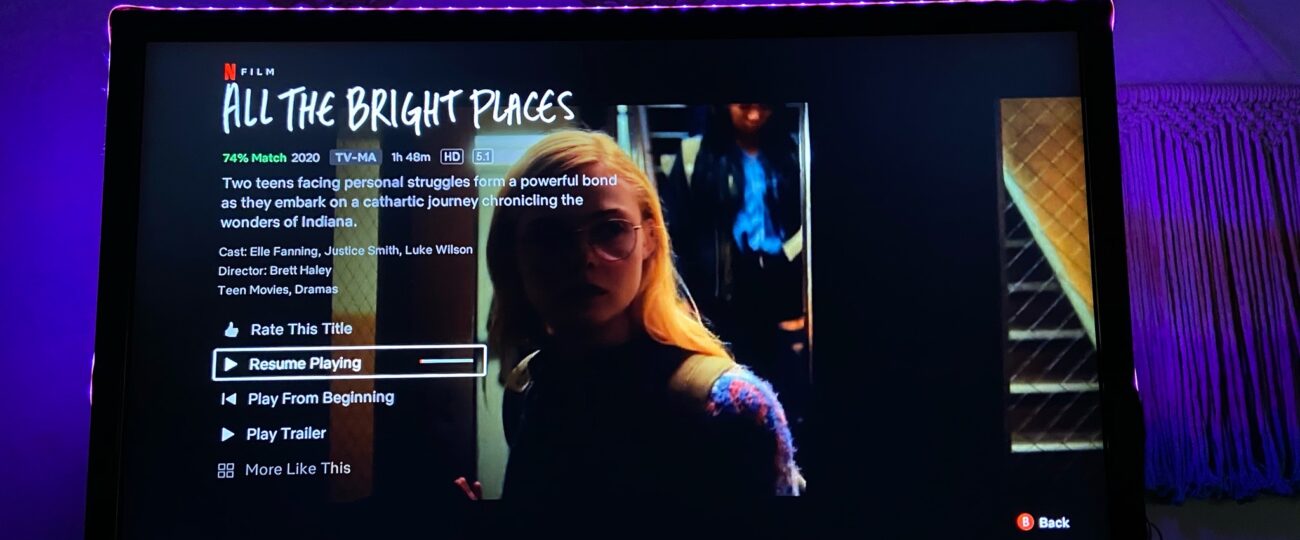Before reading this article, know there will be spoilers about the movie All the Bright Places. Additionally, this article will discuss mental illness, as this topic is apparent in the film.
Last week I watched the film All the Bright Places after it was recommended to me by several people. After watching the somewhat slowly progressing but engaging film, I found that this is one of the first movies I have seen that felt like it mirrored the reality of those who struggle with mental illness and its effects on daily life.
All the Bright Places is a film adaptation of a novel by the same name written by Jennifer Niven, published in 2015. The film, directed by Brett Haley, was released in February 2020.
It is clear that the two main characters, Violet and Theodore, are dealing with mental illness, but they both manage the effects differently. Violet, who is wrestling with PTSD, depression and anxiety, seems to just go through the motions each day. In opposition, it is unclear the mental illness that Theodore struggles with, but it may be mania and depression. Rather than going through the motions everyday like Violet, Theodore covers his room with sticky notes with positive words written on them.
Throughout the film, the two characters become close friends and eventually begin dating as they bond over a class project that they are partners for. This was kind of expected from the beginning because of the extreme interest Theo has in Violet, despite the extreme dislike of Theo from Violet. It would be odd for them to not end up together because movies always have a good and happy part.
In the second half of the movie, we find that Theo’s mental health begins to digress while Violets begins to improve, and she is unable to be there for Theo in the same way he was there for her. This seemed to be unfair for Theodore since he spent so much of his time consoling Violet.
Unfortunately, Theo finds himself in a downward spiral and isolates himself from everyone. At the end of the film, viewers learn that Theodore committed suicide. Because of the vagueness of his mental illness viewers do not get clarity on what happened or led to him taking his life. As a result of not knowing much about Theodore’s death, I felt unsatisfied at the end of the movie and wanted to know more.
Despite the missing details and fogginess of the characters, the movie is realistic for people who are fighting effects of mental illness. Mental illness operate differently for each person and may affect an individual more or less than others afflicted with similar illnesses, and we see that in the movie.
Additionally, the movie brought awareness to mental illness which is necessary today. Many times, it may seem that people are genuinely happy but are actually hiding the effects of mental illness from their friends and family.
The reality of the suicide at the end of the movie is overwhelming. The viewers are left with a lot of questions that do not get answered, which is something that people around the world deal with every time they lose someone to suicide.
In conclusion, the film was realistic to what some people look like and act like when dealing with a mental illness. Because of this, necessary awareness is brought to mental illness that is occurring throughout the world. Although the film is not a documentary about mental illness, it is informative.
Photo by Kaily Paddie




